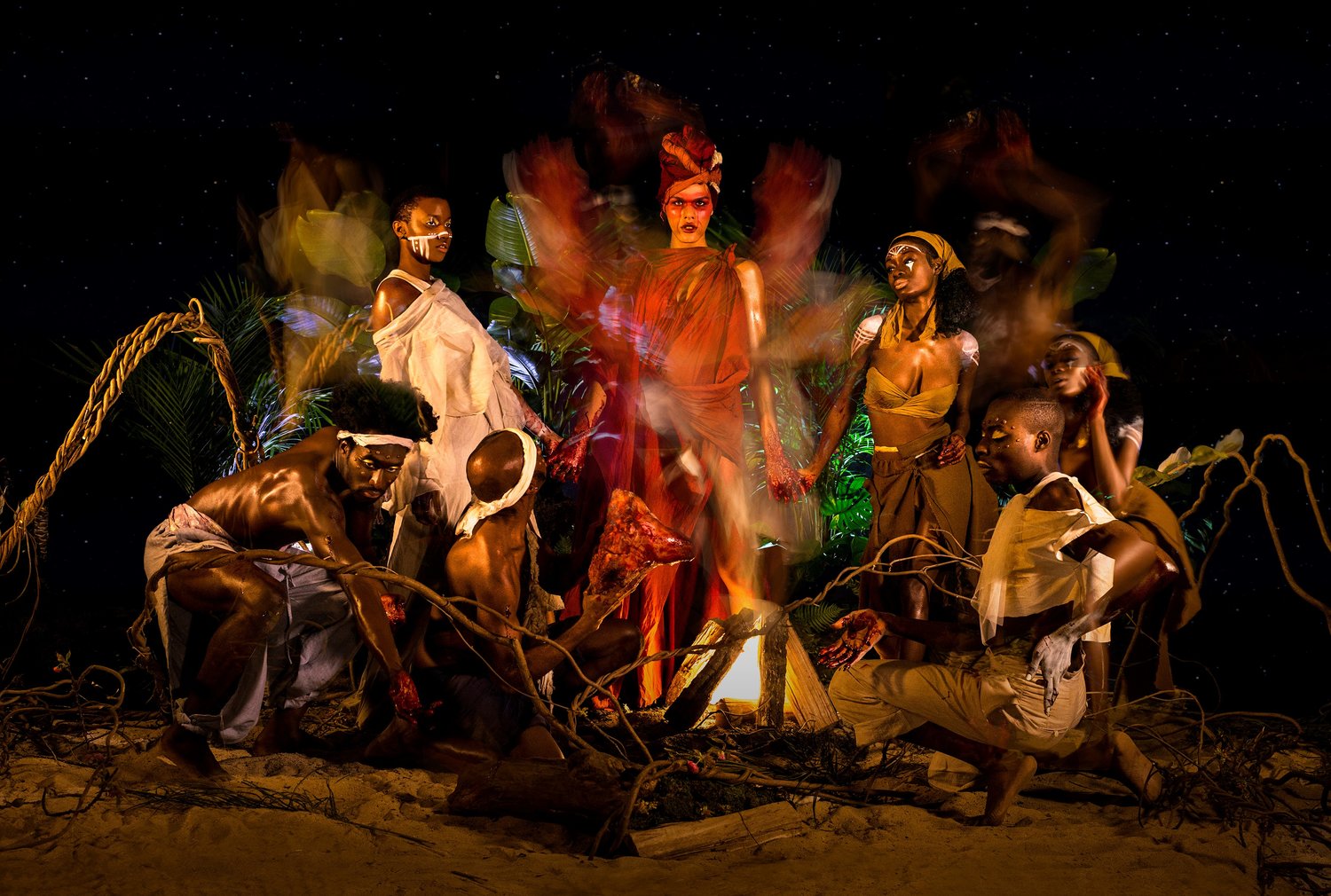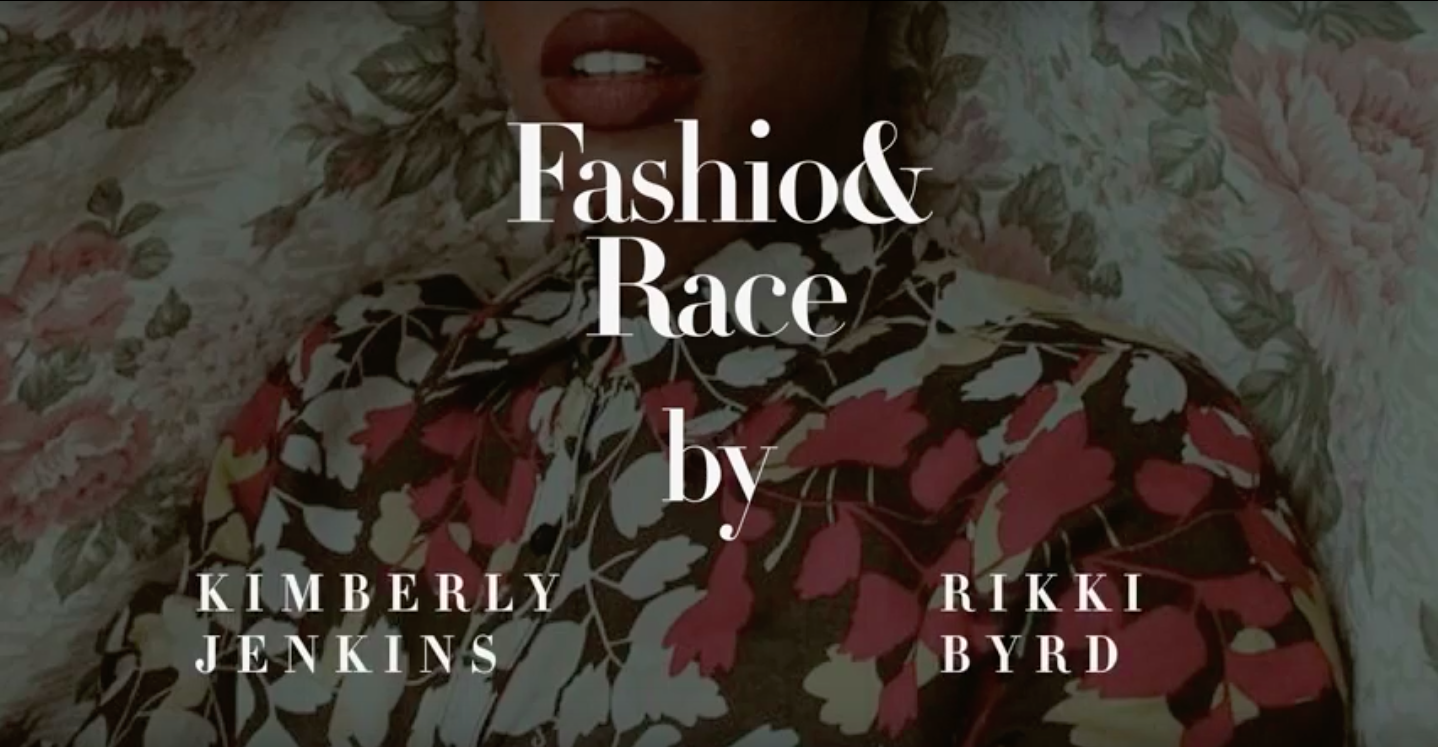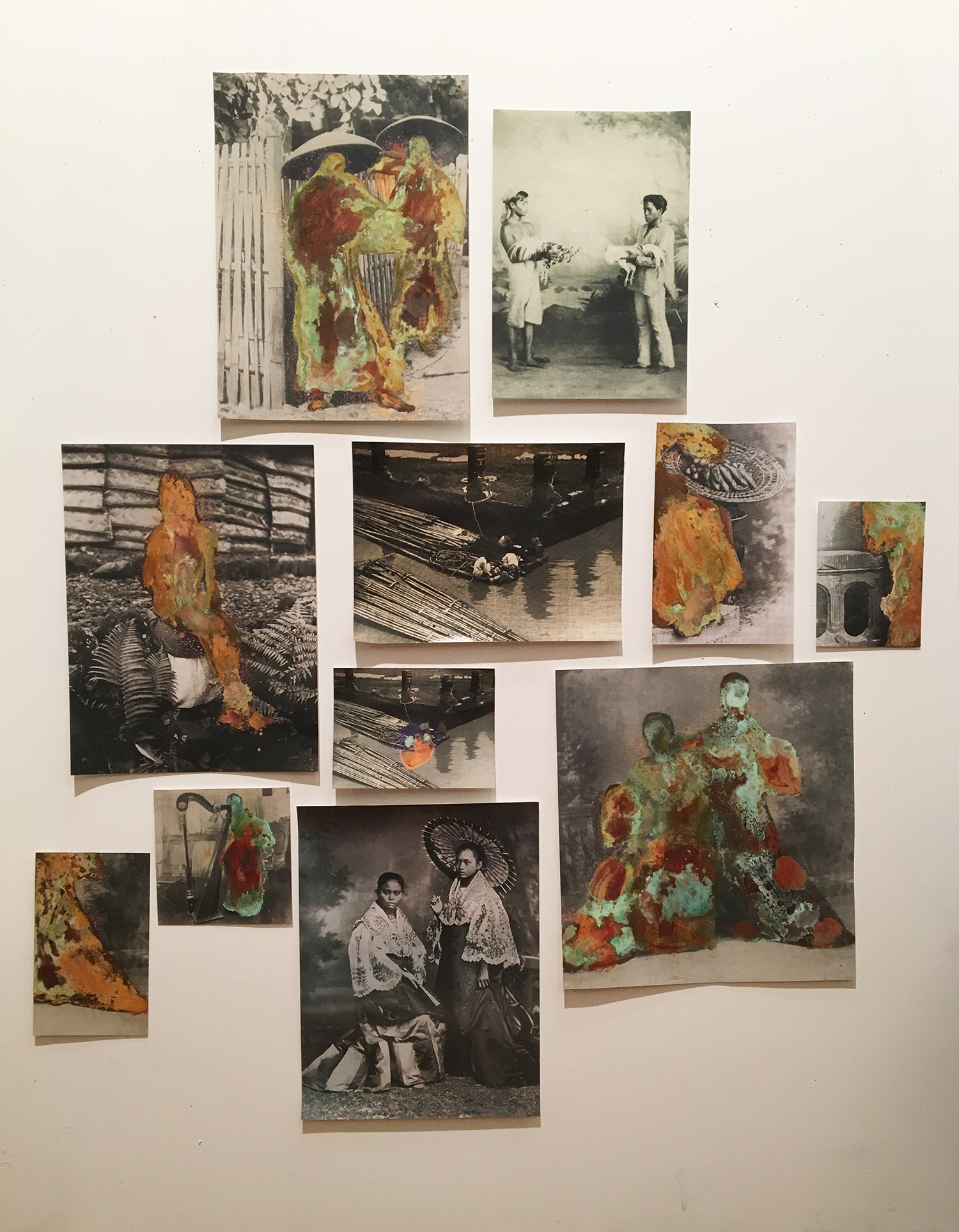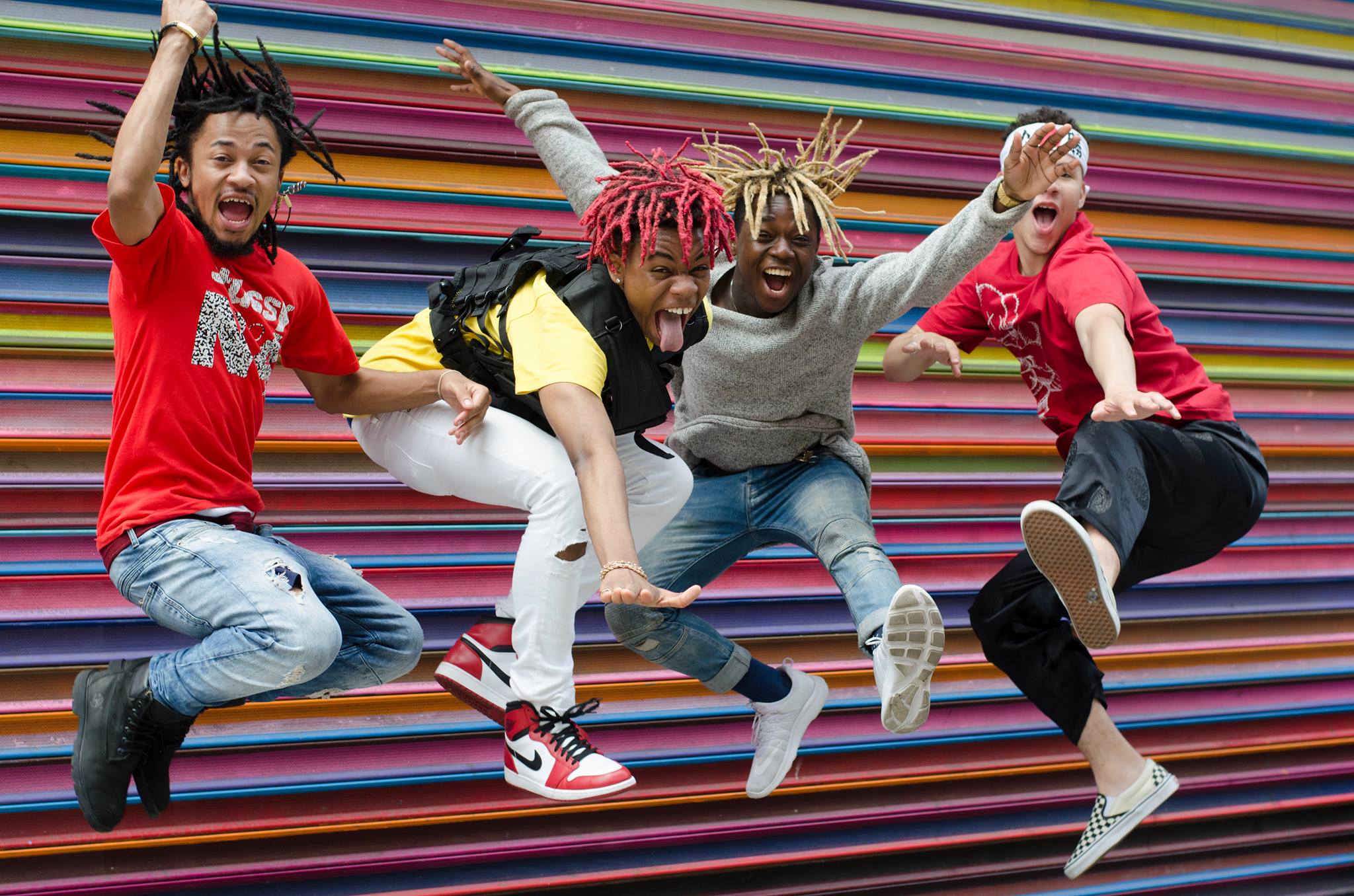James Terrell, MFA Painting ’02
James Terrell is a multi-disciplinary artist based in Northeast, Washington, DC. His paintings incorporate ideas of ancestry and identity alongside formal concerns of color and composition. Terrell holds a MFA in painting from Parsons School of Design and a BFA from Howard University. He has exhibited throughout Washington, DC for over 15 years, including at the Smithsonian Anacostia Community Museum and the Howard University Gallery of Fine Art. He works as an art teacher in the DC Public Schools. The Honfleur Gallery presented James Terrell with the 2017 East of the River Distinguished Artist Award. The Honfleur Gallery exemplifies high standards of art and culture from across the city and nation. In 2012, the East of the River Distinguished Artist Award was created, to celebrate the exemplary caliber of artists from Ward 7 and 8.
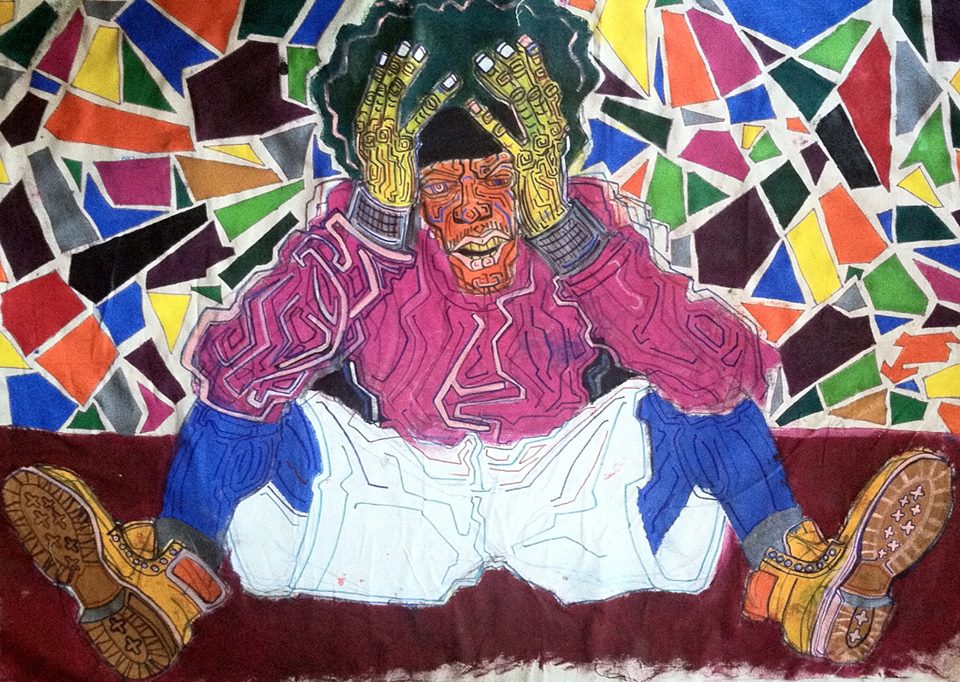
State of Confusion
James Terrell, MFA Painting ’02
2015
Acrylic on Canvas

